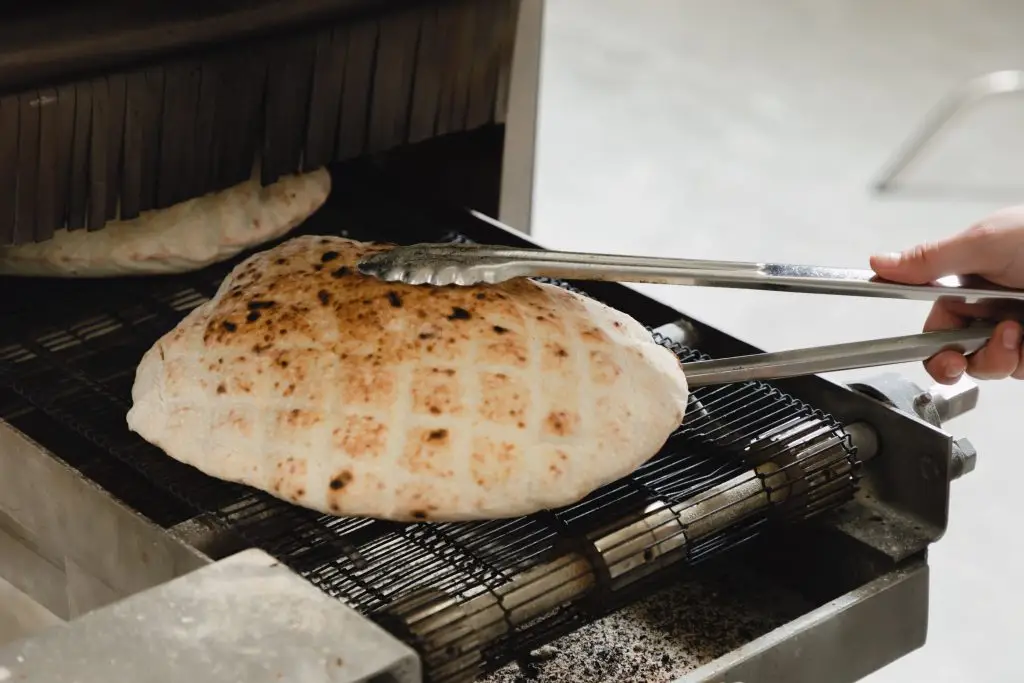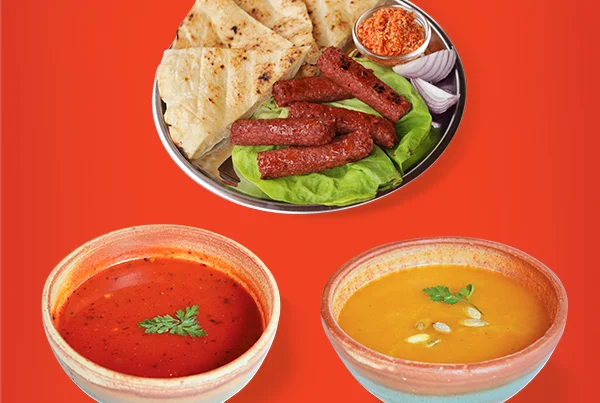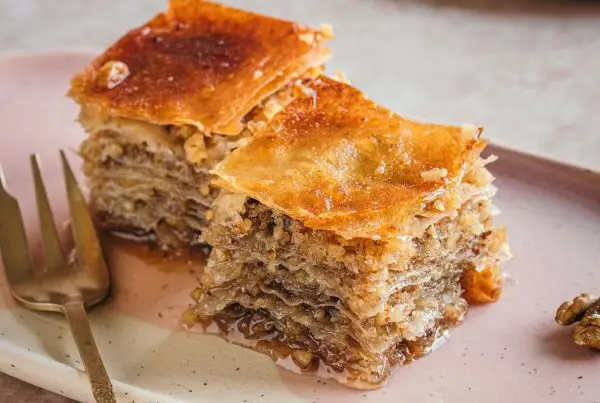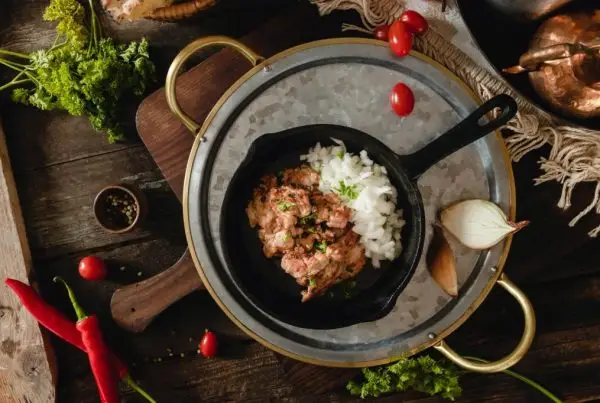We believe that the ćevapi are the resounding primary attraction on our menu. And for good cause. There isn’t a single one of our international guests that doesn’t like them since they won them over.
What about somun, the flatbread?
Flatbreads are an integral component of Walter’s ćevapi and the reason why no one can resist them is that they consistently play supporting roles in the story. While the flatbread is a must for ćevapi, they somehow always take a back seat.
We decided to make up for that slight injustice by bringing you this crispy, pitted, and delectable ćevapi buddies. We dedicate this article to them because they are the true champions of our plates!
HISTORY OF SOMUN
Yet even though the aroma of freshly baked flatbreads permeated courtyards for ages, the key to the deliciousness was still the master baker’s superb mastery of his trade. Even today, the ingredients are still very basic. Water, yeast, flour, and salt.
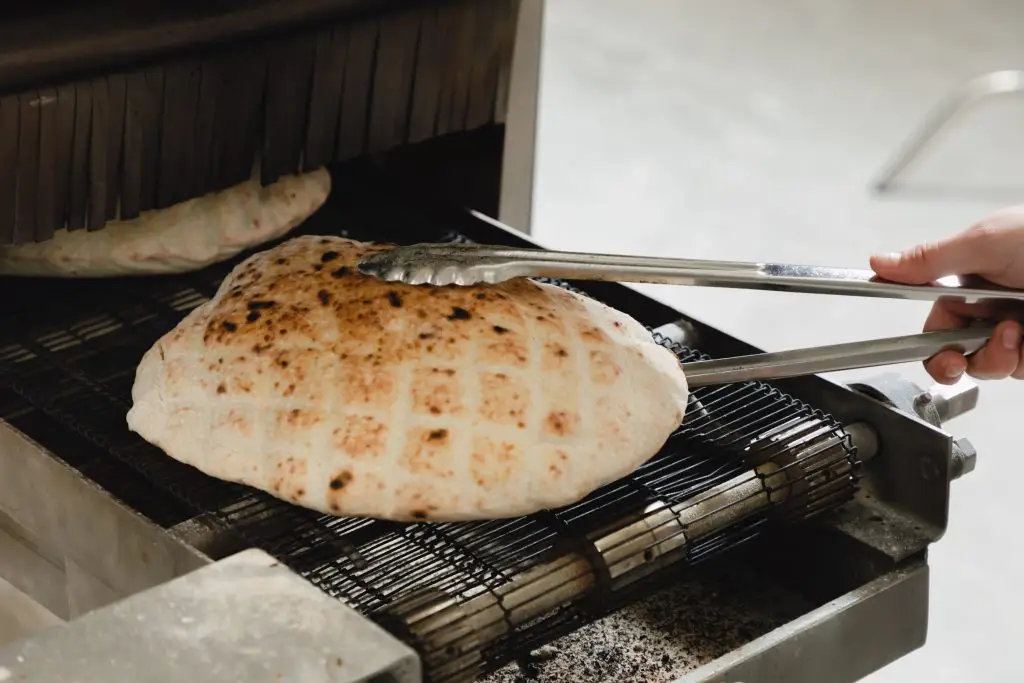
But where do flatbreads actually come from?
We will never be able to tell for sure, but there are undoubtedly a lot of fascinating legends relating to its origins.
One of the most typical is that Mehmed II the Conqueror, also known as Sultan Fatih, asked for a brief snack while occupying Bosnian land, something that could be rapidly baked and consumed. And SOMUN was the solution.
The Mongolian conquistador Timur Lenk is the protagonist of a comparable tale. The flatbread was invented thanks to the cleverness of its creator; thus, the fundamental narrative is undoubtedly the same.
According to some sources, flatbread was prepared at the Istanbul palace and sent to the Balkans by the Ottomans.
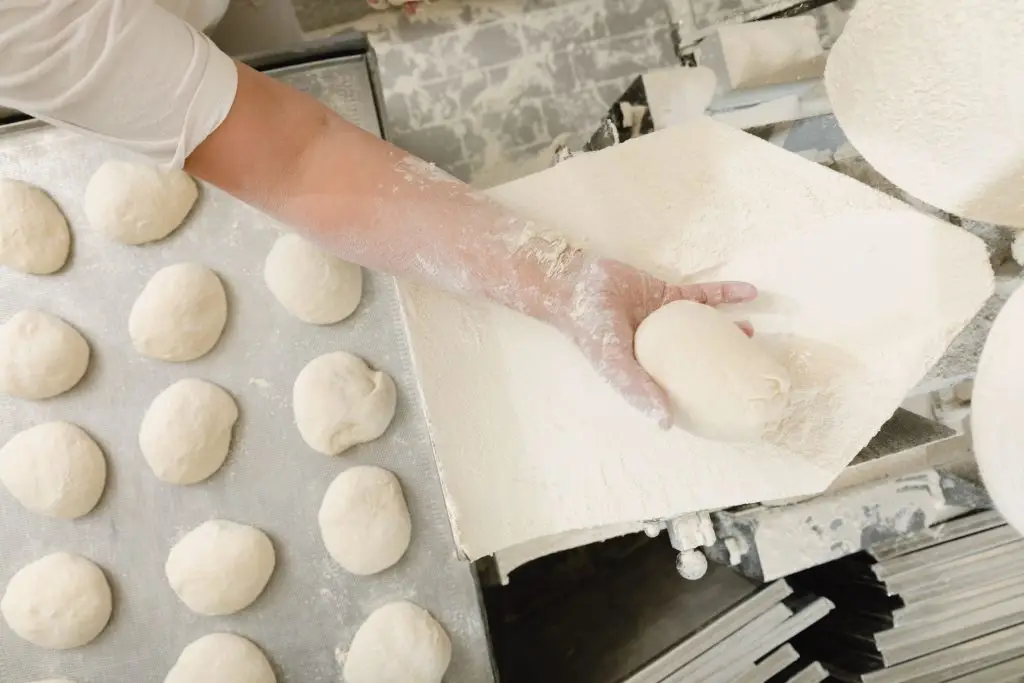
Another well-known urban legend claims that the primary “culprit” is a companion of Gazi Husrev-bey. In particular, Gazi Husrev-bey visited Sarajevo in 1521 while serving as the region’s Turkish administrator. He once decided to establish a public kitchen for all aspiring travellers.
What was served there, as well?
A flatbread, nothing more or less. The idea to create a quick dish was generated by the cook or assistant who was in charge of food preparation. This was to Gazi Husrev-bey’s liking, so he gave the baker, whose last name was Somun, the honour of having his bread bear his name.
FLATBREAD AND ROUND BREAD: IS THERE A DIFFERENCE?
Is there a distinction between flatbread and round bread, as some people claim?
A flatbread is larger and fluffier than a round loaf. Somun is differentiated by its distinctive, grid-like pattern.
Its origin is equally intriguing, as it is thought to have represented Sarajevo homes’ doorways. Regrettably, it is unknown who initially thought of this method of flatbread decoration.
You may have read somewhere that making round bread requires more water than making flatbread. But whether you refer to this bread as flatbread, round bread, or “somun” as the older generations of Sarajevo residents do, its smell and flavour continue to be associated with the Balkan countries, notably when paired with ćevapi.
WHERE TO EAT HALF SOMUN WITH ĆEVAPI AND ONION?
Which restaurant should you go to if you crave ćevapi in half a flatbread when you are in Belgrade, Novi Sad, or Zrenjanin?
Yup, of course, at Walter’s!

As opposed to the cliché that suggests we only offer onions, you can choose from a variety of salads, as well as kaymak, ayvar, French fries, Njeguši cheese, Sjenica cheese, and a large selection of other items.
Visit our website to locate the closest Walter restaurant or to place a delivery order.
Welcome!
